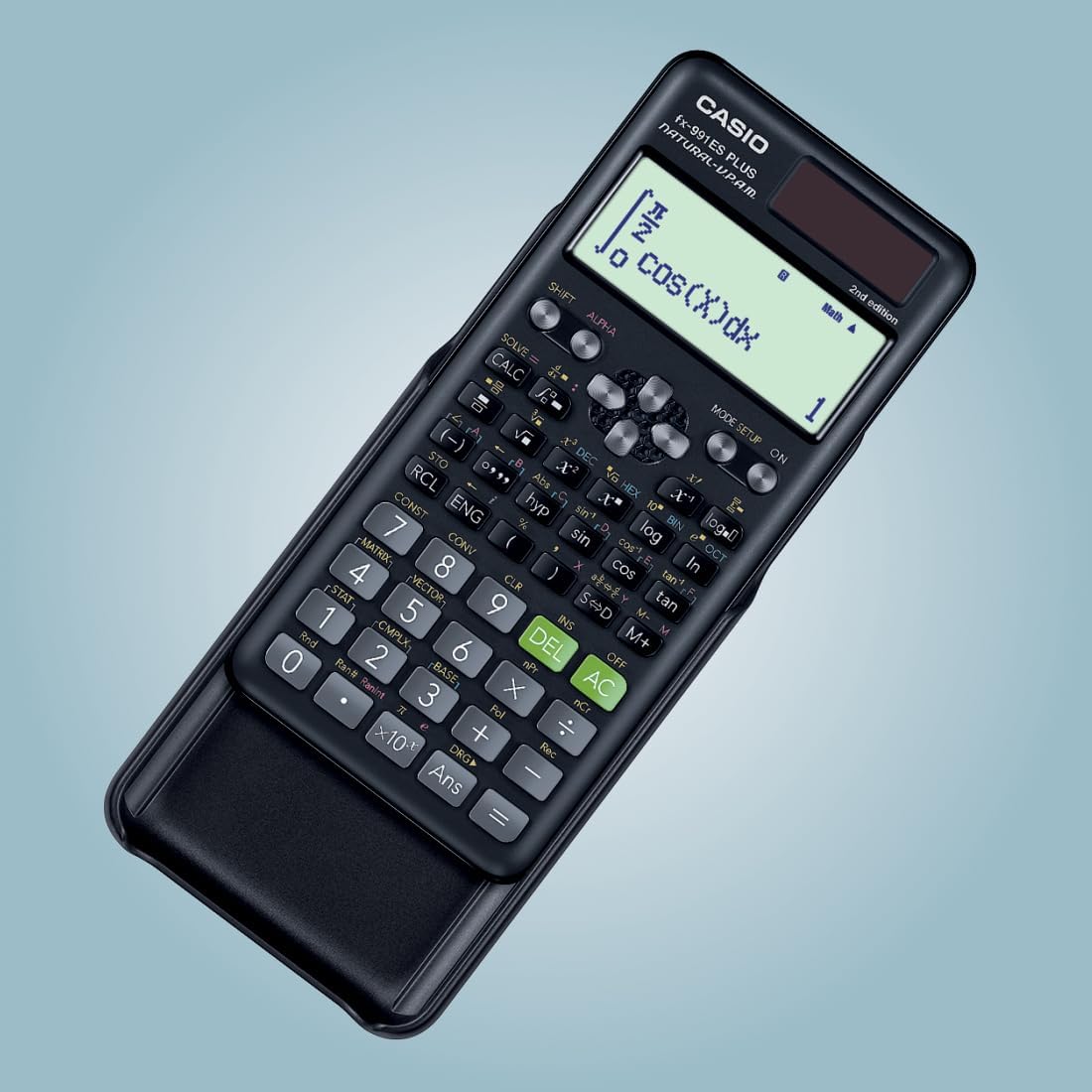Down Payment Calculator
Calculate how much down payment you need for different loan types. Compare conventional and FHA loan scenarios based on your credit score.
Purchase Information
Down Payment Scenarios
Understanding Down Payments
A down payment is the upfront cash payment you make when purchasing a home. It represents a percentage of the total purchase price and is one of the most important factors in getting approved for a mortgage and determining your monthly payment.
Down Payment Requirements by Loan Type
- Conventional Loans: Typically require 3-20% down payment. Minimum credit score usually around 620. 20% down eliminates PMI.
- FHA Loans: Minimum 3.5% down with credit score of 580 or higher. 10% down required for scores between 500-579. Requires MIP regardless of down payment.
- VA Loans: No down payment required for eligible veterans. No PMI/MIP requirement.
- USDA Loans: No down payment required for eligible rural properties. Income and location restrictions apply.
Benefits of a Larger Down Payment
Financial Advantages
- • Lower monthly mortgage payments
- • Less interest paid over the life of the loan
- • May qualify for better interest rates
- • Eliminate PMI/MIP (with 20% down on conventional)
- • Build home equity faster
- • Lower loan-to-value ratio improves approval chances
Important Considerations
- • Don't drain all savings - keep emergency fund
- • Remember closing costs (typically 2-5% of price)
- • Budget for moving expenses and repairs
- • Consider ongoing homeownership costs
- • Compare cost of PMI vs. investing money elsewhere
- • Look for first-time homebuyer assistance programs
Understanding PMI and MIP
Private Mortgage Insurance (PMI)
Required on conventional loans when you put down less than 20%. PMI typically costs 0.5% to 1% of the loan amount annually.
Good news: PMI can be removed once you reach 20% equity in your home, either through payments or appreciation.
Mortgage Insurance Premium (MIP)
Required on all FHA loans. MIP typically costs 0.85% of the loan amount annually, plus an upfront premium.
Important: MIP cannot be removed on loans with less than 10% down, and lasts for the life of the loan. You must refinance to eliminate it.
Down Payment Sources
Common sources for down payment funds:
- Personal Savings: The most common and straightforward source
- Gift Funds: From family members (must be properly documented)
- Home Sale Proceeds: From selling your current home
- 401(k) Loan: Borrow from retirement (consider tax implications)
- IRA Withdrawal: Up to $10,000 penalty-free for first-time buyers
- Down Payment Assistance: State and local programs for eligible buyers
- Grants: For teachers, veterans, law enforcement, etc.
How Credit Score Affects Down Payment
Credit Score 740+
Best rates available. Can qualify for conventional loans with as little as 3% down.
Credit Score 620-739
Good rates. Qualify for conventional loans with 3-5% down, or FHA with 3.5% down.
Credit Score 580-619
FHA loans available with 3.5% down. May not qualify for conventional loans.
Credit Score 500-579
FHA loans require 10% down. Very limited options and higher rates.
Note: This calculator provides estimates based on typical loan scenarios. Actual down payment requirements, PMI/MIP rates, and available loan programs vary by lender, location, property type, and individual financial circumstances. PMI/MIP calculations are estimates and may differ from actual costs. Always consult with a licensed mortgage professional to understand your specific options and requirements.
Recommended Calculator

Casio FX-991ES Plus
The professional-grade scientific calculator with 417 functions, natural display, and solar power. Perfect for students and professionals.
View on Amazon